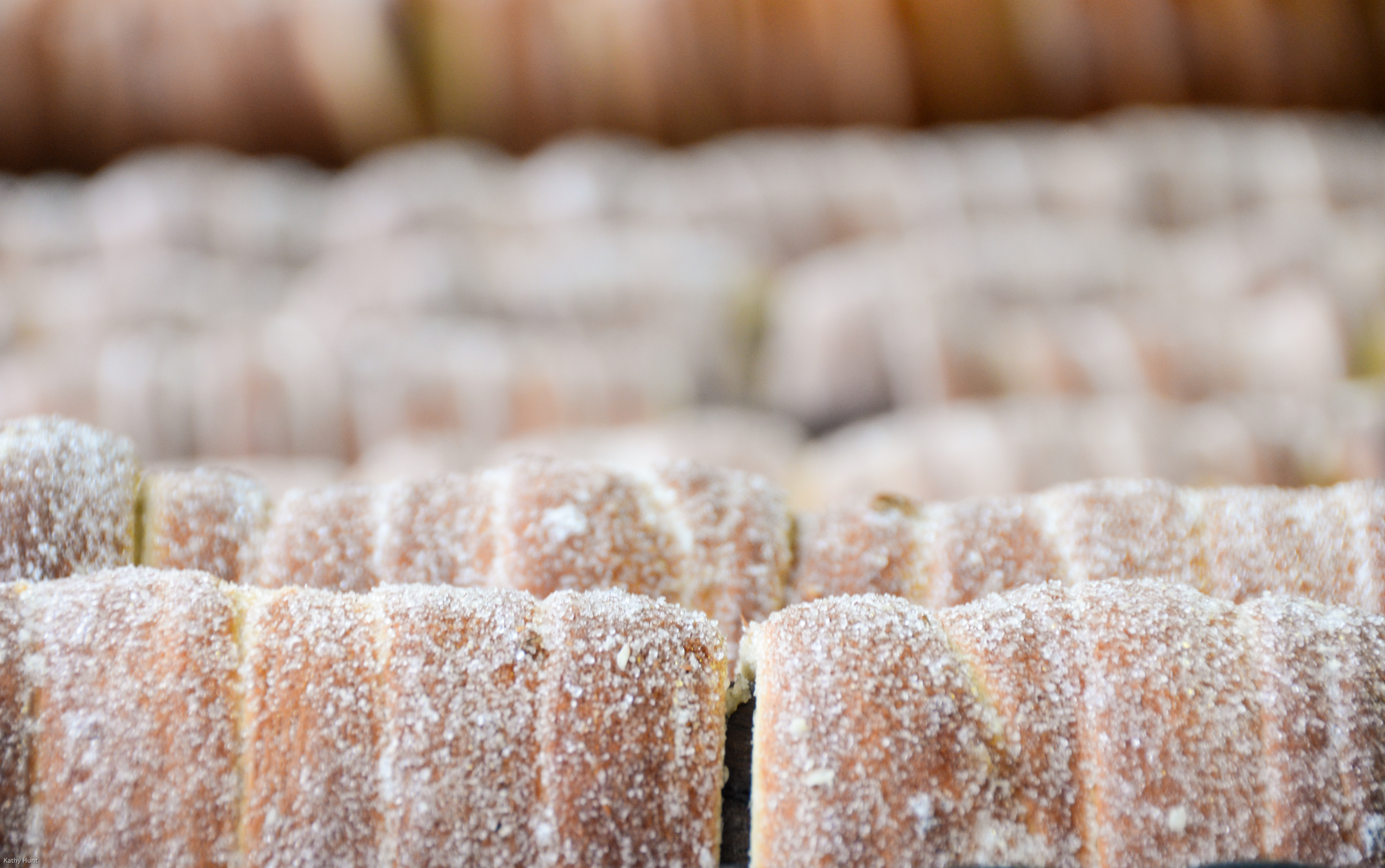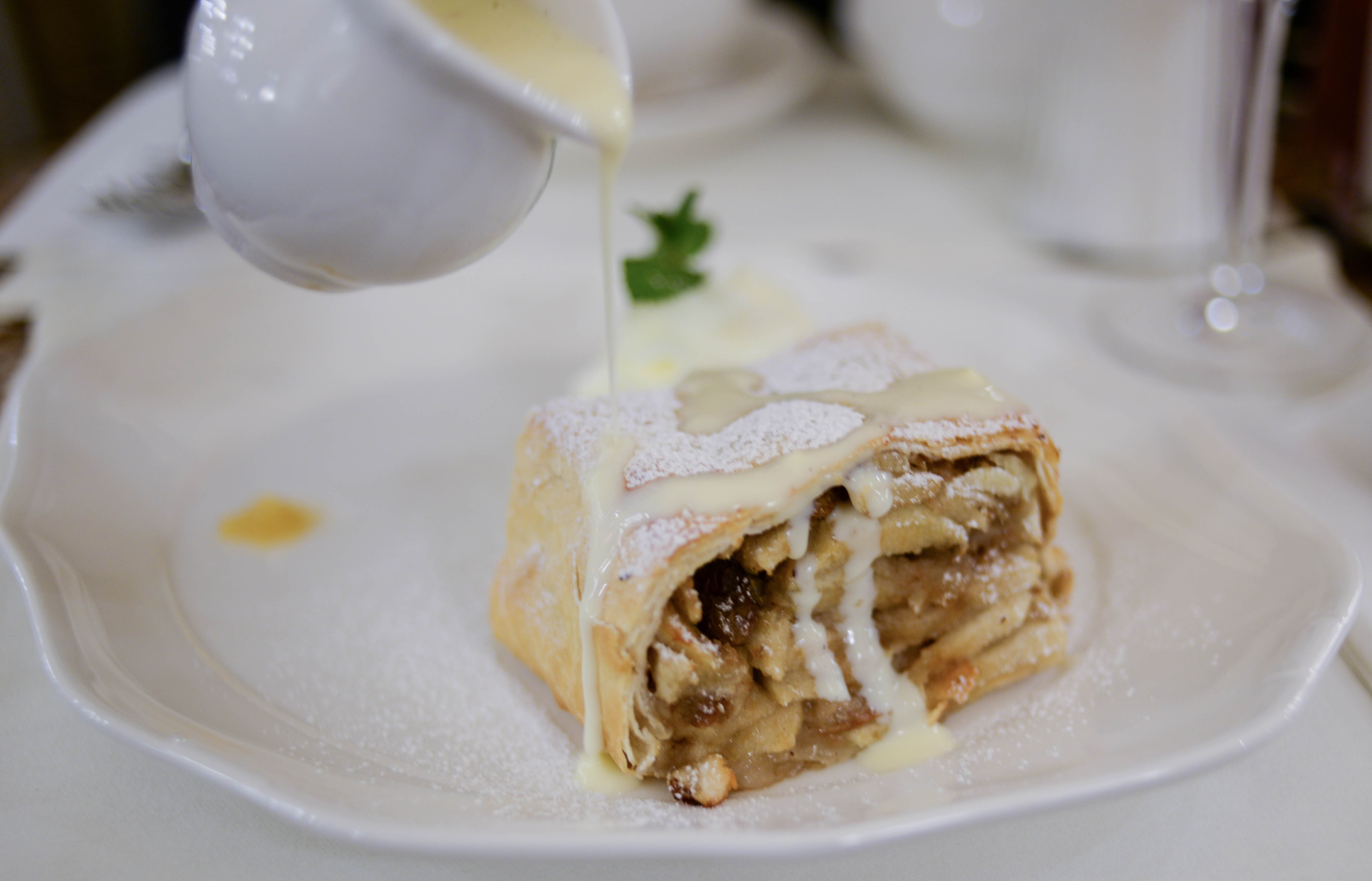Snegl, Kannelbullar, Schnecken: Amazing Cinnamon Rolls
Snegl, kannelbullar, schnecken, skillingsboller or just plain old cinnamon roll. Almost every country has its own take on this pastry and it seems to have become my mission in life to sample each one. Yeah, it’s one tough mission. The variations are small but compelling. Denmark tops its snegl, which means “snail” and is an apt description of this swirled roll, with a thick layer of icing. Made from confectioner’s sugar, its sweetness balances out the heady cinnamon and adds beauty and succulence to the bun. Norway’s skillingsboller bears a strong resemblance to the Danish snegl. Most Norwegian bakers use a little less icing than their Danish counterparts. However, the result is just as delightful. Cardamom transforms the Swedish kannelbullar from a standard cinnamon roll to something far more complex and ethereal. Capped off with a sprinkling of pearl sugar, it, too, is a delight to see and eat. Some countries add raisins to their rolls. In fact, that’s how my mission got started; I thought that I’d purchased a pain au raisin for breakfast …


